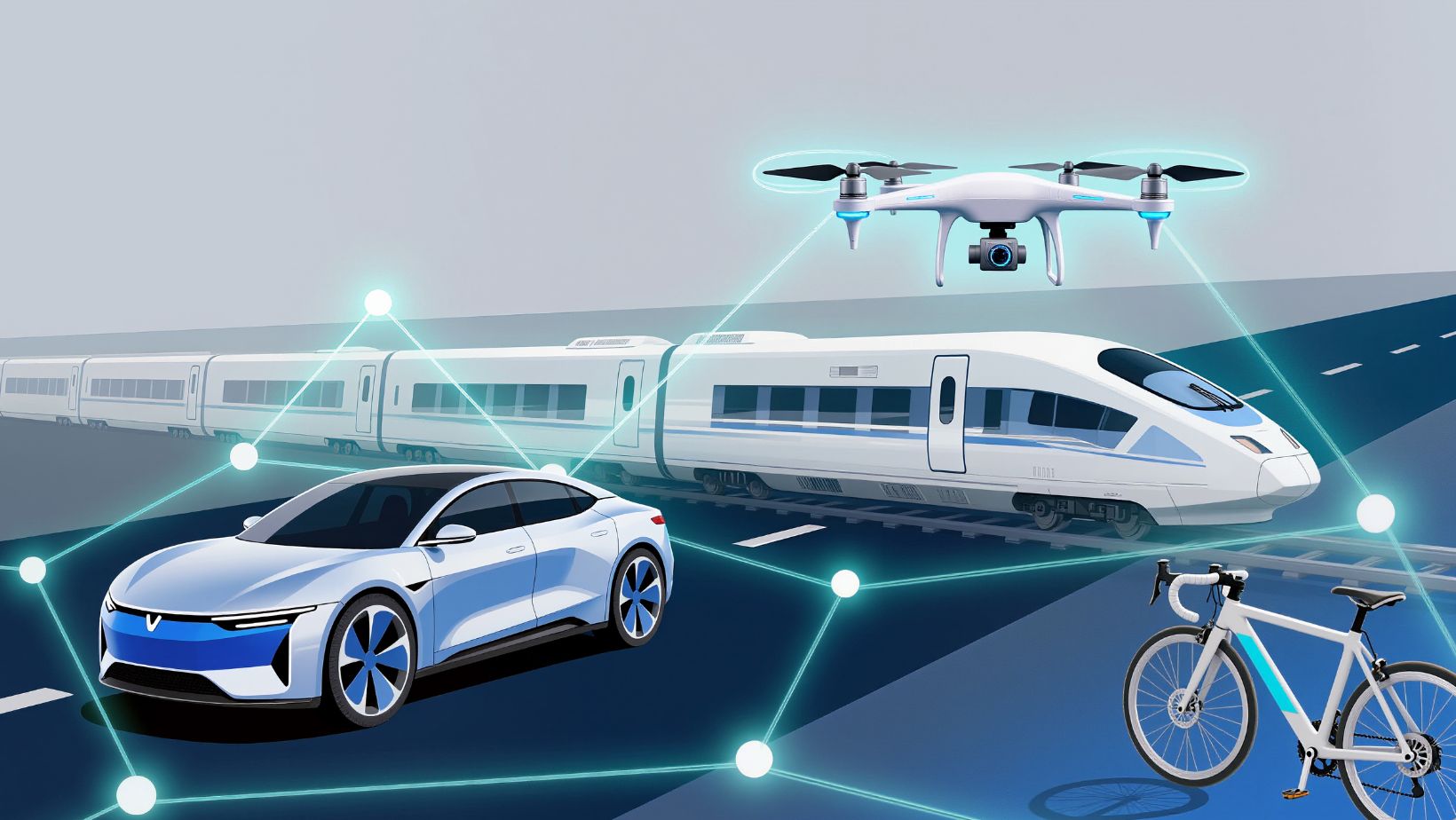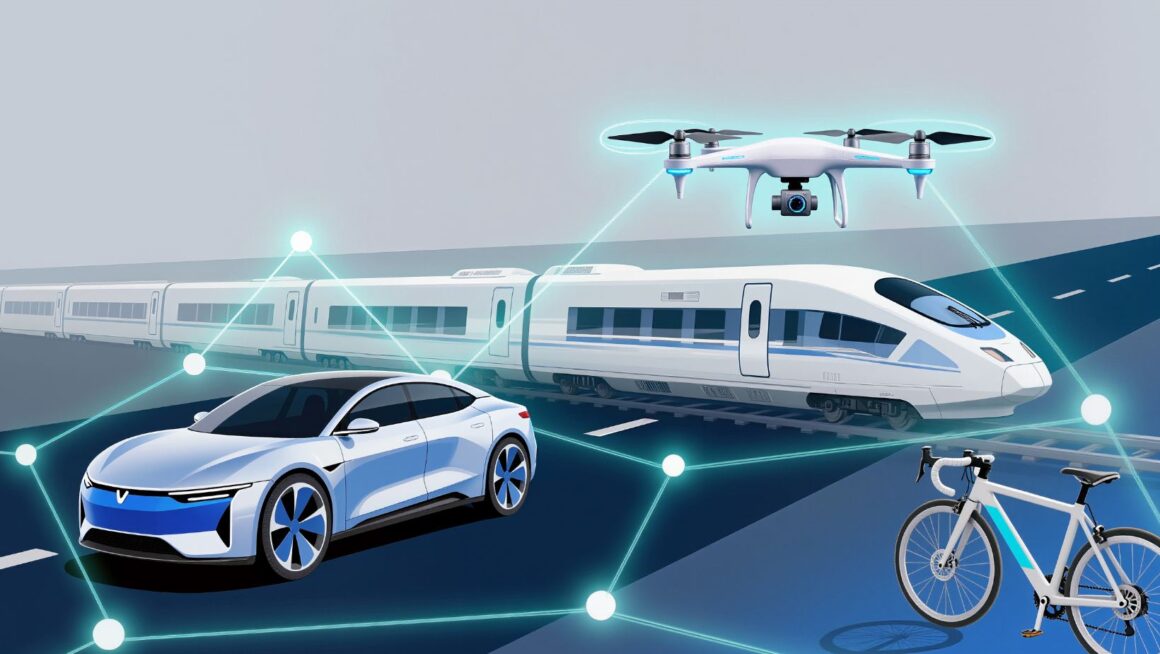You’ve got a monthly commuter benefit from your employer—maybe $300 or so that’s supposed to help with getting to and from work. You’re also thinking about buying a better bike, upgrading to an e-bike, or maybe even wondering if you could put that money toward a car payment. After all, you use your car to commute, right? So shouldn’t those commuter dollars be able to help with the vehicle itself?
It’s a logical question, and the answer is going to disappoint you: no, you almost certainly cannot use your employer-provided commuter benefits to purchase, lease, or upgrade your personal vehicle or bike. Let’s break down why, what you actually can use these benefits for, and where the boundaries are.
What Commuter Benefits Actually Cover
Employer-provided benefits such as Benepass commuter stipends, often called transportation benefits or commuter accounts, are governed by Section 132(f) of the Internal Revenue Code. This is the tax provision that allows employers to provide up to certain limits in pre-tax dollars for employee commuting expenses.
For 2025, the monthly limit is $315 for transit passes and vanpooling combined, and $315 for qualified parking. These amounts are adjusted periodically for inflation.
Here’s the critical part: the IRS is very specific about what qualifies. The benefits are meant to cover the operating costs of commuting, not the purchase or financing of transportation equipment. Think of it as covering the ongoing expense of getting to work, not the capital investment in the means of doing so.
For transit, this means:
- Subway, bus, or train fares
- Ferry rides
- Vanpool services where the van seats at least six adults (not including the driver)
- Transit passes or fare cards
For parking, this means:
- Parking at or near your workplace
- Parking at or near a location from which you commute to work via mass transit, vanpool, or carpool
Notice what’s not on either list: car payments, car insurance, gas, vehicle maintenance, bicycles, e-bikes, scooters, or really any personal transportation equipment.
Why You Can’t Use It for Your Car
The exclusion of personally-owned vehicles from commuter benefits isn’t an oversight—it’s intentional policy. The whole point of Section 132(f) is to incentivize the use of mass transit and reduce single-occupancy vehicle commuting. Allowing commuter benefits to be used for car purchases or even gas would completely undermine that goal.
This frustrates a lot of people, particularly those who live in areas without good public transit. If you live in a sprawling suburb or a rural area where driving is the only realistic option, it feels unfair that your coworker who takes the subway can use their full commuter benefit while yours sits unused or you can only apply it to parking costs.
But from the IRS perspective, they’re not trying to subsidize all forms of commuting equally. They’re specifically trying to encourage transit use and reduce traffic and emissions. Whether or not this makes sense for your personal situation, it’s how the law is written.
The Bicycle Commuter Benefit (And Why It Mostly Doesn’t Exist Anymore)
This is where things get particularly frustrating for cyclists. There used to be a qualified bicycle commuting reimbursement benefit that allowed employers to reimburse employees up to $20 per month for bicycle expenses, including the purchase, improvement, repair, and storage of a bicycle used for commuting.
The key phrase there is “used to be.” The Tax Cuts and Jobs Act of 2017 suspended this benefit through 2025. As of right now, you cannot get a pre-tax bicycle commuting benefit from your employer even if they wanted to offer it.
There’s been periodic talk about reinstating or expanding bicycle commuter benefits, but until Congress actually does something, the benefit remains suspended. Some employers offer bicycle benefits through other means—wellness programs, stipends, or one-time bonuses—but these aren’t pre-tax commuter benefits and don’t fall under Section 132(f).
What About E-Bikes, Scooters, and Micromobility?
The rise of e-bikes, electric scooters, and other new forms of personal transportation has created a gray area that the tax code hasn’t really caught up with yet.
If you own your own e-bike or scooter, you’re in the same boat as bicycle commuters—there’s currently no pre-tax benefit available for purchasing or maintaining it.
However, if you’re using a rental or subscription service—think Lime, Bird, Citi Bike, or similar bikeshare and scooter-share programs—the situation gets murkier. Some of these services have argued that they’re essentially transit services and should qualify for commuter benefits. Some employers and benefits administrators agree and allow commuter funds to be used for these subscriptions. Others don’t.
There’s no definitive IRS guidance on this yet, which means the answer depends largely on your employer’s plan and how your benefits administrator interprets the rules. If you want to use your commuter benefit for an e-bike subscription service, you’ll need to check with your specific plan administrator. Don’t assume it’s allowed just because it seems logical.
Parking Benefits: The One Area Where You Might Benefit
If you drive to work, parking benefits are the one part of the commuter program you can actually use. But there are important limitations.
The parking has to be at or near your workplace. You can’t use commuter benefits to pay for parking at the mall on weekends or at the airport when you take a vacation. It’s specifically for parking related to commuting to work.
You also can’t use parking benefits to pay for parking at your home, even if you live in a city where you need to pay for a parking spot. The benefit is for parking at the work end of your commute, not the home end.
Some employers are flexible about what counts as work-related parking. If you park at a garage near your office, that clearly qualifies. If you regularly park at a transit station and then take a train to work, that typically qualifies too. If you park at various locations throughout the day because your job involves traveling to different sites, the eligibility gets hazier and depends on your specific situation and plan rules.
What Happens If You Try to Bend the Rules
Some people think they can get creative with how they use commuter benefits. Maybe they try to pay for gas by saying it’s transit-related, or they attempt to classify car insurance as parking expenses. This is a bad idea for several reasons.
First, your benefits administrator reviews claims and will reject anything that’s obviously ineligible. Most of them have seen every creative interpretation people try, and they’re not going to approve something that doesn’t fit the regulations.
Second, even if something slips through initially, commuter benefits can be audited. If the IRS determines that you’ve been using pre-tax commuter dollars for ineligible expenses, those amounts become taxable income. You’ll owe back taxes, potentially with penalties and interest.
Third, if your employer’s commuter benefit program shows a pattern of misuse, the entire program can be disqualified. This would hurt all of your coworkers who are using the benefit legitimately.
The risk-reward calculation here is terrible. You’re risking tax penalties and potentially messing up a benefit for everyone at your company, all to save a few hundred dollars that you weren’t supposed to get in the first place.
Making the Most of What You Can Use
If you’re frustrated by the limitations of commuter benefits, focus on maximizing what you actually can use them for.
If you drive to work, use the parking benefit. Even if you don’t park in a paid lot every day, you might be able to use it for airport parking when you travel for work, or for parking when you drive to a transit station and take the train the rest of the way.
If there’s any way you can incorporate mass transit into your commute—even partially—use your benefit for that. Maybe you drive to a park-and-ride and take the bus for the last stretch. Maybe you use transit a few days a week and drive on others. Any legitimate transit use allows you to tap into that benefit.

If your area has bikeshare or scooter-share programs that your plan administrator allows, explore whether a subscription makes sense. These often work out to be much cheaper than owning a bike, especially when you can pay for them with pre-tax dollars.
Advocating for Better Benefits
The current structure of commuter benefits reflects transportation policy from a different era. The rise of remote work, the emergence of micromobility options, and the varying transit infrastructure across different parts of the country all suggest that the rules could use some updating.
If you feel strongly about this, the most effective approach is advocating for policy changes. Contact your congressional representatives about reinstating and expanding the bicycle commuter benefit. Talk to your employer’s HR or benefits team about supplementing the federal commuter benefit program with additional transportation stipends or benefits that have more flexibility.
But until the rules change, you’re bound by the current limitations. Commuter benefits are for transit, vanpools, and parking—not for purchasing, financing, or maintaining personal vehicles or bikes. Understanding these boundaries helps you avoid compliance issues while making the most of the benefits you actually can use.


